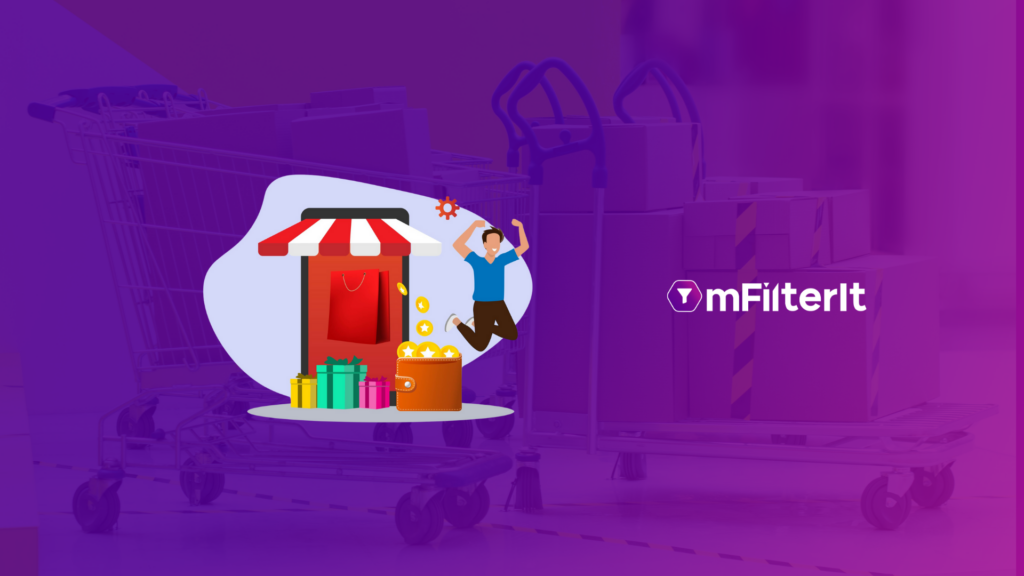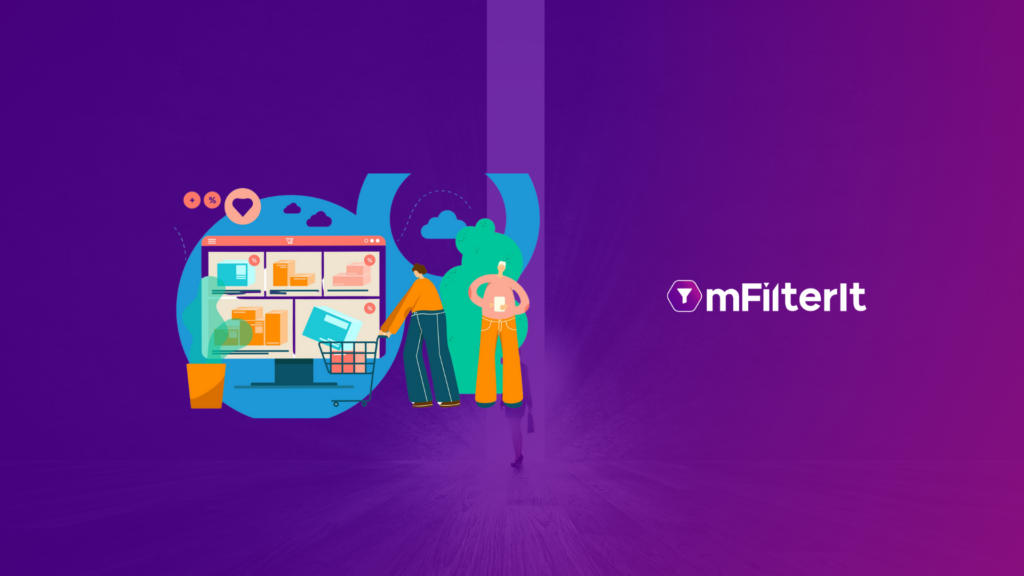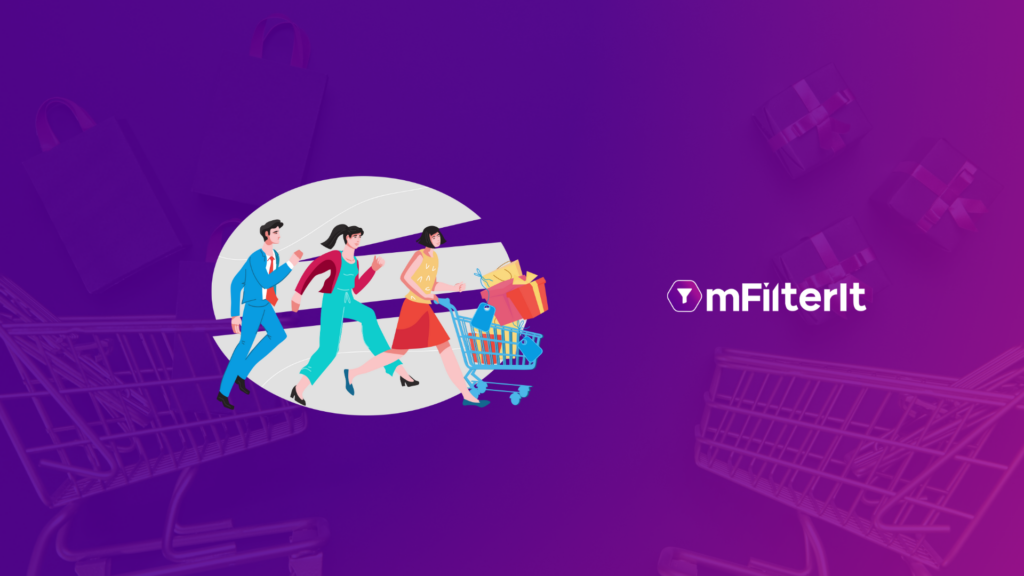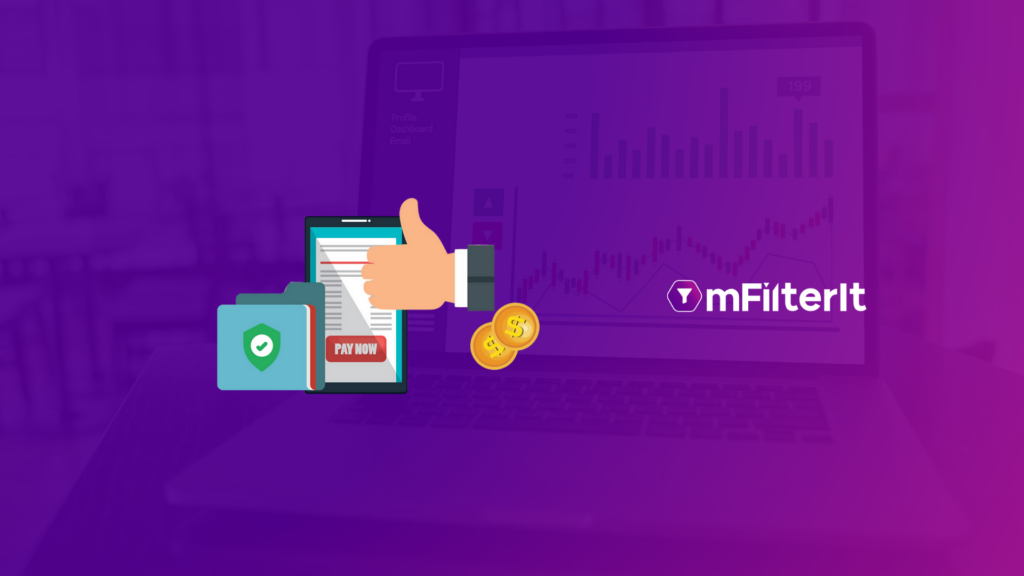Amazon Buy Box: 5 Ways to Win It
Buy Box is the fiercely contested prized possession of sellers in the eCommerce arena. The battle is for the shoppers’ attention as sellers’ success and growth on the eCommerce platform mostly depend on it. According to a research report, approximately 82% of all sales get converted due to the Buy Box. The fact clearly, reflects why every seller seeks Buy Box on the eCommerce platform. Amazon Buy Box is the most coveted need of every seller on Amazon, the world-leading e-commerce Marketplace. So, take a closer look and find out how to win an Amazon Buy Box. What is Amazon Buy Box? Simply put, it’s a CTA that takes a shopper directly to the purchase page and leads to a swift purchase. But not every seller has it. Let’s first understand why it’s so valuable and what makes sellers eligible for a chance to win the buy box. Amazon has mainly 5 types of sellers – Manufacturer & Direct-To-Consumer (DTC) Brands, which Produce and sell their products under their brand names, Private Label Brands, which Sell products manufactured by a third party under a different brand name, Factory Brands, sourced from often overseas factories and go direct to global consumers with more often at comparatively lower prices, Resellers, who buy products in bulk and often sell them at a higher price to make a profit and Aggregators, Companies that purchase multiple Amazon brands to consolidate and grow them. Broadly they can be put into two selling methods Amazon itself, 1st party sellers sell wholesale to Amazon and Amazon acts as the retailer selling to customers, and 3rd party sellers sell directly to customers via the Amazon Marketplace. Buy Box quickly takes shoppers directly to the purchase page, avoiding spending time considering whom they are buying from Amazon or 3rd third-party seller. Only businesses with excellent seller metrics can win an Amazon Buy Box. Not every seller is eligible to win a Buy Box. Why it is important? Nearly 80% of all Amazon’s sales come via the Buy Box. In 2021, $389 billion worth of sales among net revenue of over $469 billion came from Buy Box purchases. This clearly, reflects Amazon Buy Box Win boosts sales. Sellers must meet the following metrics* to win the Buy Box: Key Matrices Requirement Order Defect Rate (ODR) < 1 % Cancellation Rate (CR) < 2.5 % Late Dispatch Rate (LDR) < 4 % Valid Tracking Rate (VTR) > 95 % On-Time Delivery Rate (OTDR) > 97 % Invoice Defect Rate (IDR) < 5 % *Subject to changes as Amazon keeps raising the bar on eligibility to win Buy Box. 5 Ways to Win Amazon Buy Box Sellers having significant order volume and quality products can strive for Buy Box. Here the quality of products is measured via Seller Controllable Return Rate (returned or refunded due to product-related issues) and Customer feedback & ratings. Amazon keeps on raising the bar, The digital e-commerce Seller needs to ace the performance matrices to boost their chances of achieving more Amazon Buy Box wins. Here are a few ways sellers can boost Amazon Buy Box win percentage. High-quality products: A genuine and high-quality product can delight the shoppers reduce return requests, curb defects and enhance customer ratings which lead to higher chances of Buy Box wins. Optimize Products Listings: Product listings are like the physical storefront, where shoppers get attracted by the looks, title, and description. Create product pages accurately with high-performing keywords, bullets in descriptions with product features, and high-quality product images. Cataloging and categorizing products are also crucial to avoid customer confusion. Offer competitive pricing: According to Amazon, you can automatically increase your chances of winning the Buy Box by listing your product within 5% of the current Buy Box price. Optimize Delivery Turn Around Time: Amazon customers expect to receive their orders by the estimated delivery dates and delivery leads to a higher win box %. Respond to negative feedback: High rating & review leads to a higher boy box win percentage. Amazon always strives for a high customer satisfaction level. 92% of customers say they will buy again from a brand if the returns process is easy. That’s exactly what you need to focus on by offering hassle-free returns and exchanges, leading to a positive return experience. Final Thoughts – Keep Your Eye on The Digital Commerce Landscape The bottom line is performance optimization is key to upswing Buy Box win percentage. The massive product range and variants on Amazon means cut-throat competition. A pinch of slip-up by brands and sellers can lead to a loss of sales and customer drop-off. To prevent such fallacies and boost chances to Buy Box wins brands and sellers must plug in e-commerce analysis. Keep an eye on multiple product performance matrices like product share of Shelf, visibility share, the content of product page, product stock availability, pricing, delivery turn-around-time, etc. The actionable insights and dynamic dashboard of mScanIt, an e-commerce competitive analysis can help brands optimize their customer journey on multiple touchpoints. It keeps track of sellers’ performance and Buy Box wins across geographies and digital commerce platforms. The Buy Now button on the product page is the ladder that takes your product to the top amidst the vipers of competition waiting for you to slip up. eCom is not a game of snakes & ladders it is a place where data-driven decisions thrive and earn multi-fold sales with Buy Box wins. Get in Touch for more information about Amazon buy box.
Amazon Buy Box: 5 Ways to Win It Read More »










